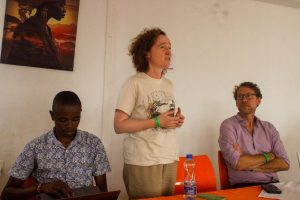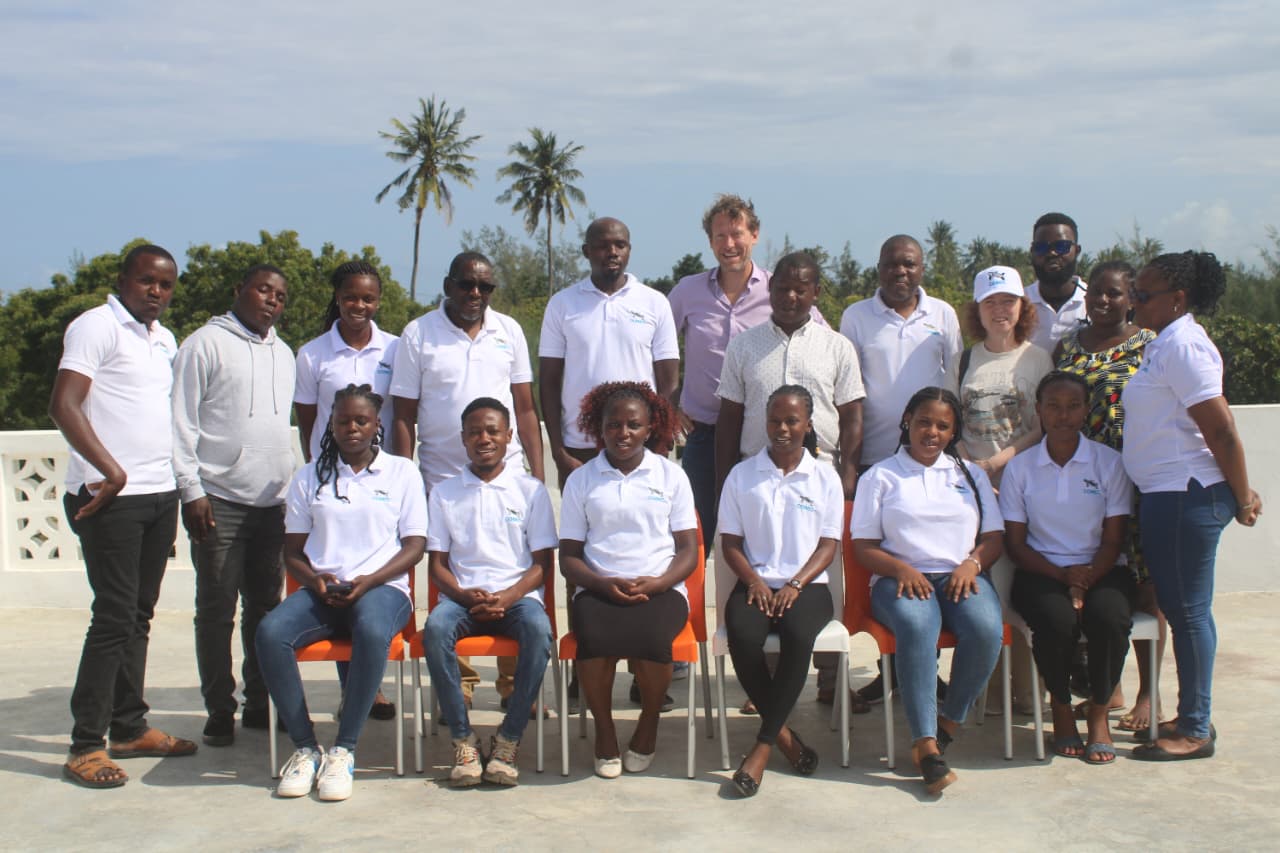In a pivotal meeting held recently, members of the COBEC (Community Based Environmental Conservation) gathered with key stakeholders from the Vlinder Organization to discuss an ambitious initiative aimed at restoring 30,000 hectares of mangroves by 2030. The meeting was graced by the presence of Lena Mechenkova, the Founder and Head of Projects for Vlinder, alongside Tom Kagerer, the current CEO. Their insights and expertise illuminated the path toward a sustainable future that intertwines ecological restoration with economic development.

The primary goal articulated during the meeting was nothing short of transformative: to restore 30,000 hectares of mangroves by 2030. This vision is not merely an environmental necessity; it represents a crucial step towards combating climate change and enhancing biodiversity. Mangroves serve as vital ecosystems that sequester carbon, protect coastlines, and provide habitat for countless species.
Central to this initiative is the innovative approach of utilizing carbon credits. Vlinder Organization aims to earn revenue by registering its restoration projects on the carbon market. This strategy marks a significant shift from traditional donor-dependent models of conservation to a more sustainable, commercialized approach. By certifying projects under established frameworks, such as Vera, Vlinder is leading the way in Kenya, with the first carbon credits expected to be issued next year. The mention of Mikoko Pamoja, a successful carbon credit project, served as an inspiring case study during the meeting. Its success illustrates the potential of well-managed carbon credit initiatives to both benefit local communities and contribute to environmental restoration.
 A notable aspect of the discussion was the emphasis on community involvement. Vlinder’s model allocates 40% of the benefits directly to the local community, making them active participants in the restoration process. This inclusive approach not only serves as a strong incentive for local stakeholders but also ensures a higher success rate—estimated between 80-90%. As Lena Mechenkova aptly stated, “Let’s turn ecology into economy.” This philosophy underscores the importance of integrating ecological efforts with economic incentives, aiming for a high-integrity economy that prioritizes both environmental health and community prosperity.
A notable aspect of the discussion was the emphasis on community involvement. Vlinder’s model allocates 40% of the benefits directly to the local community, making them active participants in the restoration process. This inclusive approach not only serves as a strong incentive for local stakeholders but also ensures a higher success rate—estimated between 80-90%. As Lena Mechenkova aptly stated, “Let’s turn ecology into economy.” This philosophy underscores the importance of integrating ecological efforts with economic incentives, aiming for a high-integrity economy that prioritizes both environmental health and community prosperity.

Involving the community is not just a strategy; it is seen as the best insurance policy to ensure the ecosystem’s protection. By empowering local residents and providing them with a stake in the mangrove restoration efforts, the project fosters a sense of ownership and responsibility towards the environment. This collaborative model not only enhances the likelihood of success but also builds resilience within the community against the impacts of climate change.
The meeting between COBEC and the Vlinder Organization marks a significant step toward a sustainable future through mangrove conservation. By harnessing the power of carbon credits and actively involving local communities, the initiative aims to create a robust framework for ecological restoration that benefits both the environment and the economy. As stakeholders work towards the goal of restoring 30,000 hectares of mangroves by 2030, the partnership between conservation and commercial interests stands as a beacon of hope in the fight against climate change. Together, they are not just preserving nature; they are redefining its value in our economy and society.

Leave a Reply